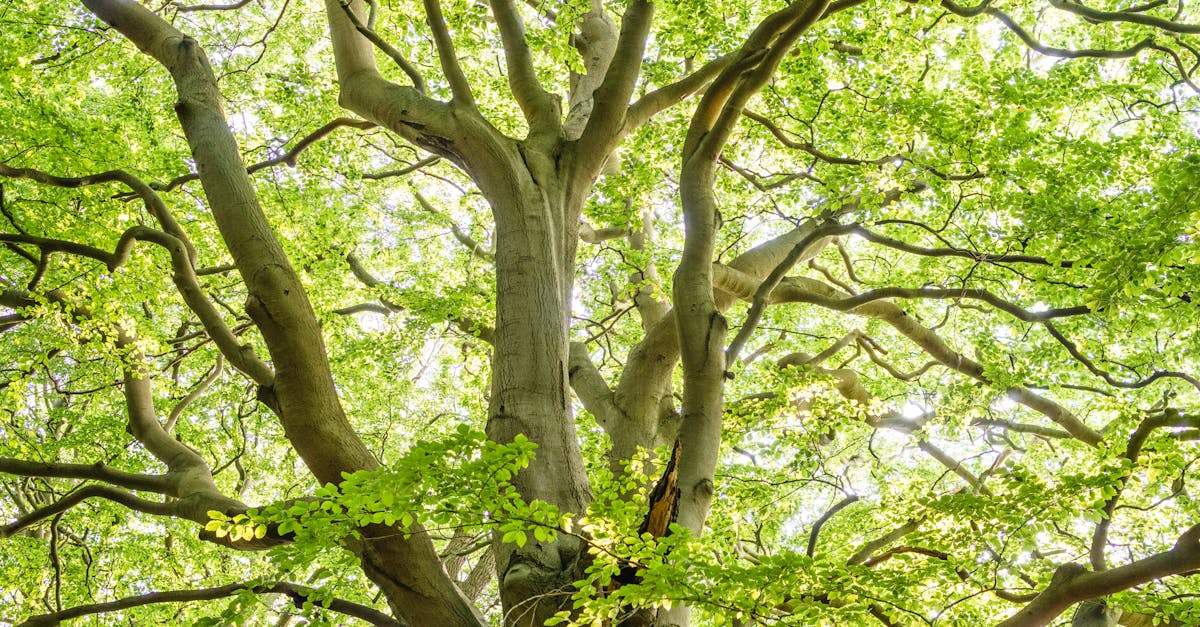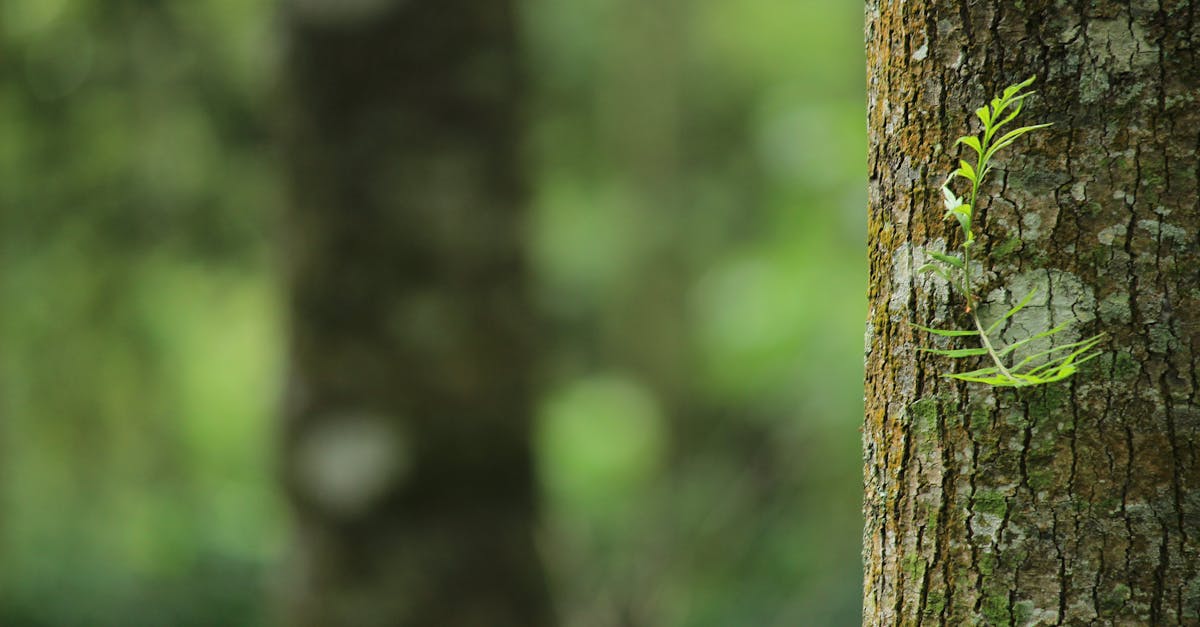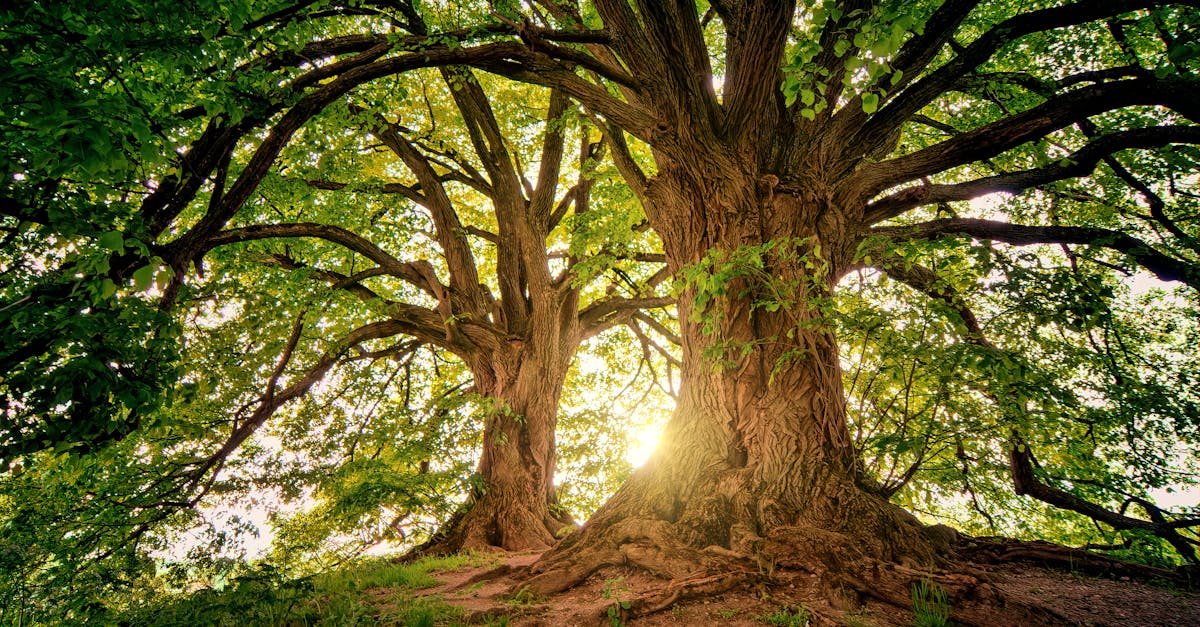
Tree Pruning and Trimming
Emily Tree Service provides expert tree pruning and trimming services to enhance the health, appearance, and safety of your trees. Our team of skilled arborists follows industry best practices to carefully remove dead, diseased, or overgrown branches, allowing for better air circulation, sunlight exposure, and overall tree vitality. Proper pruning and trimming also help prevent potential hazards such as falling limbs or branches that may damage property or pose a danger to people. Trust Emily Tree Service to professionally shape and maintain your trees to keep them healthy and beautiful for years to come.
Tree Trimming vs. Tree Pruning
Tree trimming and pruning are essential practices in tree maintenance, but they serve different purposes. Trimming is mainly done to maintain the shape and appearance of a tree, promoting aesthetic value. It involves cutting back overgrown branches to create a neat and well-manicured look. On the other hand, pruning focuses on the health and structure of the tree. It involves selectively removing specific branches to improve the tree's overall well-being, encouraging growth in the right direction and removing any diseased or damaged parts.
Knowing the difference between trimming and pruning is crucial to ensure the proper care of your trees. While regular trimming can improve the visual appeal of your landscape, pruning plays a more significant role in the long-term health and vitality of your trees. By understanding the distinct purposes of each practice, you can make informed decisions on how to best care for your trees, whether it be for enhancing curb appeal or promoting optimal growth and longevity.
Clarifying the Difference Between Trimming for Aesthetics and Pruning for Health
Proper tree care is essential for maintaining the health and aesthetics of your landscape. Understanding the distinction between trimming for aesthetics and pruning for health is crucial when it comes to tree maintenance. Tree trimming is primarily focused on enhancing the appearance of the tree by shaping it for a more pleasing look. This process involves removing overgrown or unsightly branches to improve the overall visual appeal of the tree and maintain a neat appearance in your yard or landscaping.
On the other hand, pruning for health aims to promote the well-being and longevity of the tree. This practice involves selectively removing damaged, diseased, or dead branches to improve the overall health of the tree. By eliminating these compromised parts, you can prevent the spread of diseases, improve airflow within the canopy, and encourage new growth. Pruning for health also plays a crucial role in structural stability, as it helps the tree develop a strong framework of branches that can withstand various weather conditions and external stressors.
Hiring Professional Arborists for Tree Care
Professional arborists play a crucial role in ensuring the health and aesthetics of trees. These experts are skilled in various tree care techniques, including pruning, trimming, and overall tree management. When hiring a professional arborist for tree care, it is essential to choose someone who is certified and experienced in the field. Certified arborists have the knowledge and expertise to assess the health of trees, identify issues, and recommend appropriate solutions to improve tree health.
Aside from expertise, professional arborists have the necessary tools and equipment to perform tree care tasks effectively and safely. They are equipped to handle various tree sizes and can address specific tree care needs, such as crown thinning or deadwood removal. By entrusting tree care to professional arborists, property owners can ensure that their trees receive proper care and maintenance to promote longevity and overall well-being. Hiring professional arborists for tree care is a worthwhile investment in maintaining healthy, beautiful trees on your property.
Ensuring Proper Tree Management with Certified Arborist Services
Ensuring proper tree management is vital for maintaining the health and beauty of your trees. Certified arborist services offer expertise in tree care, ensuring that pruning, trimming, and other maintenance tasks are carried out effectively. By hiring professional arborists, you can benefit from their knowledge of the latest techniques and best practices in tree care.
Certified arborists can help assess the specific needs of your trees and recommend appropriate actions to promote their health and longevity. Whether it's pruning to improve tree structure, trimming for aesthetics, or diagnosing and treating diseases, arborists have the skills and tools to provide comprehensive care for your trees. With their expertise, you can ensure that your trees receive the proper care they need to thrive and enhance the beauty of your landscape.
Techniques for Crown Thinning
Crown thinning is an essential technique in tree care that involves selectively removing branches from the upper portion of the tree's canopy. This process is aimed at enhancing air circulation and sunlight penetration throughout the tree, promoting overall canopy health. By strategically thinning out the crown, the tree can develop a more balanced structure, reducing the risk of wind damage and water accumulation in the canopy. Proper crown thinning not only benefits the tree's health but also improves its aesthetic appeal and helps in maintaining the tree's longevity.
When performing crown thinning, it is crucial to use the appropriate tools and techniques to ensure the tree's health and structural integrity. Arborists typically use pruning saws or shears to carefully remove branches while minimizing damage to the tree. It is essential to follow best practices and avoid over-thinning, as removing too many branches can stress the tree and make it more vulnerable to diseases and pests. By employing proper crown thinning techniques, trees in urban forests, residential areas, or commercial landscapes can thrive and continue to be valuable assets to the community.
Achieving Air Circulation and Sunlight Penetration for Tree Canopy Health
To promote the health of a tree's canopy, it is crucial to ensure adequate air circulation and sunlight penetration. Proper air circulation helps reduce the risk of fungal diseases by allowing moisture to evaporate efficiently from the canopy. Additionally, sunlight is vital for photosynthesis, the process through which trees produce energy. When sunlight can freely reach all parts of the canopy, trees can maximize their ability to photosynthesize and thrive. This is especially important for trees in dense urban environments where buildings and other structures may obstruct sunlight.
There are several techniques that arborists use to enhance air circulation and sunlight penetration within a tree canopy. One common practice is crown thinning, which involves selectively removing branches to reduce the density of the canopy. By strategically pruning branches, arborists can create more space for air and sunlight to filter through the tree. This not only improves the tree's health but also enhances its overall appearance. Proper crown thinning should be performed by trained professionals to ensure that the tree remains structurally sound and continues to flourish for years to come.
FAQS
What is the difference between tree trimming and tree pruning?
Tree trimming involves removing overgrown branches to maintain the shape and size of a tree, while tree pruning focuses on selectively removing branches to improve the tree's health and structure.
How can I distinguish between trimming for aesthetics and pruning for health?
Trimming for aesthetics generally involves shaping the tree for visual appeal, while pruning for health targets removing diseased or dead branches to promote the tree's overall well-being.
Why should I hire professional arborists for tree care?
Professional arborists have the expertise and tools to perform tree care tasks safely and effectively, ensuring the health and longevity of your trees.
What are the benefits of certified arborist services for proper tree management?
Certified arborists have advanced training and knowledge in tree care, allowing them to provide expert recommendations and services to maintain the health and vitality of your trees.
How can crown thinning techniques benefit tree canopy health?
Crown thinning techniques involve selectively removing branches to improve air circulation and sunlight penetration within the tree canopy, promoting overall tree health and reducing the risk of disease.


